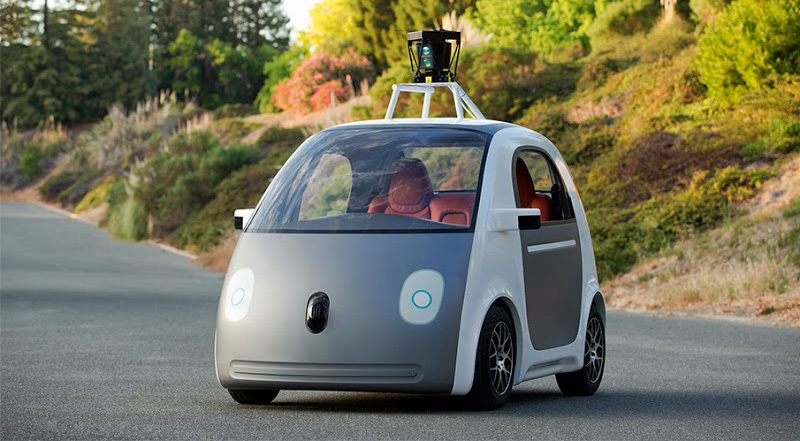NW-Bound
Give me a museum and I'll fill it. (Picasso) Give me a forum ...
- Joined
- Jul 3, 2008
- Messages
- 35,712
Probably, but only for detection of large objects. Or having multiple vision cameras to use stereoscopic effects would be a lot better than being a cyclop. Pot holes are tough though.
There are a lot of decisions the computer must make if it has no human to help. It would have to know not to drive on a soft shoulder after a rain and gets stuck. It has to detect and avoid puddles or slow down to avoid hydroplaning or splashing pedestrians and other cars... It's a lot more involved than detecting a semi-trailer. One can go on and on.
There are a lot of decisions the computer must make if it has no human to help. It would have to know not to drive on a soft shoulder after a rain and gets stuck. It has to detect and avoid puddles or slow down to avoid hydroplaning or splashing pedestrians and other cars... It's a lot more involved than detecting a semi-trailer. One can go on and on.
Last edited:

